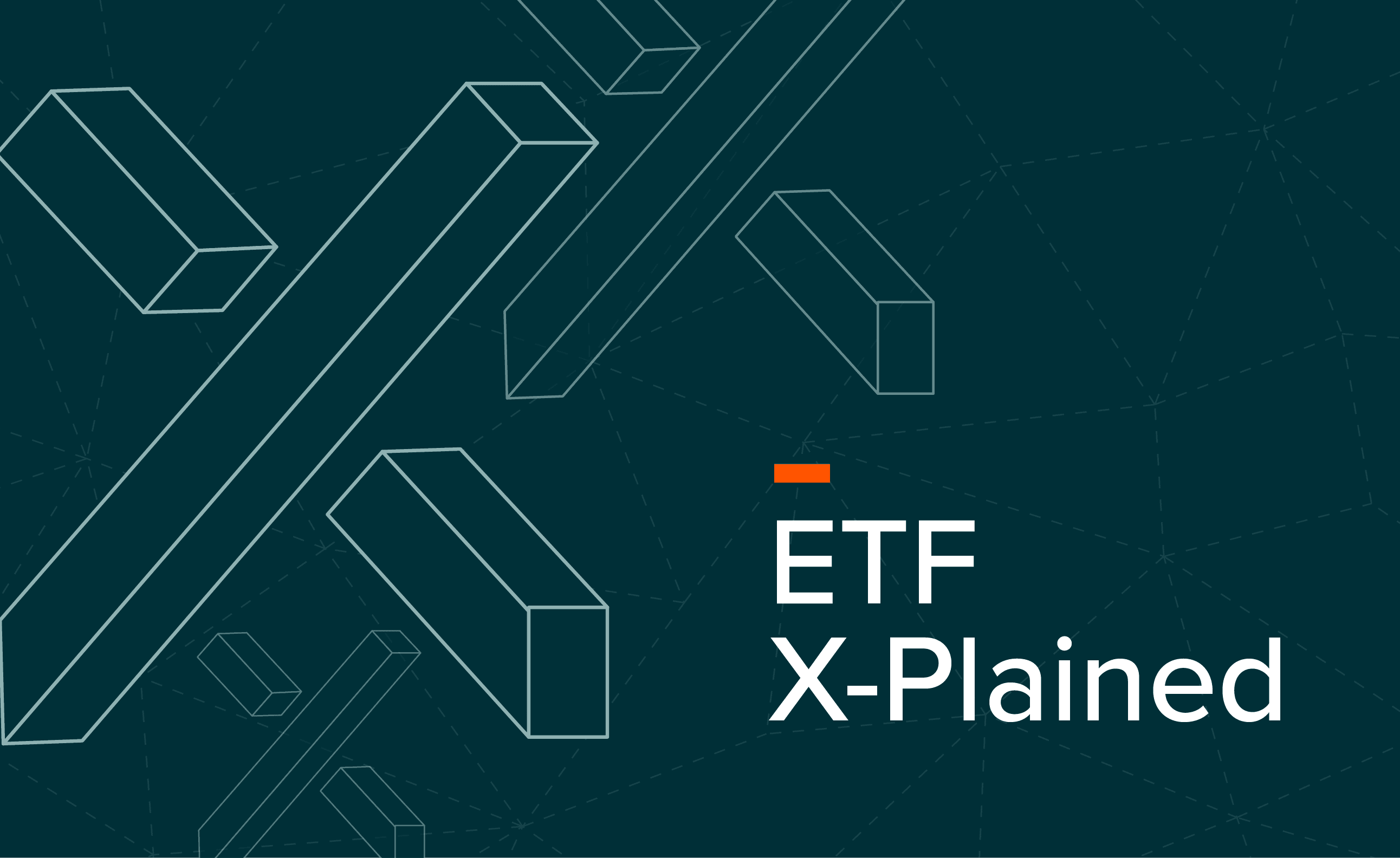Artificial intelligence (AI) is transforming industries and driving new investment frontiers, but the story extends well beyond semiconductors and software. Behind every AI model, chatbot, or digital service lies a rapidly expanding physical infrastructure — a foundational ecosystem of power, data, and materials required to support the next era of technological growth.
The Global X Artificial Intelligence Infrastructure ETF (ASX: AINF) provides investors with a unique, diversified way to access the companies delivering the physical and operational backbone of AI’s global expansion. While AI narratives have largely focused on headline technology stocks, AINF focuses on the behind-the-scenes enablers of AI from power and data centres to cloud and connectivity.
Key Takeaways
Rising Data Centre Demand: AI’s increasing compute requirements are driving sustained investment across data centres, energy infrastructure, and materials. Global data centre capex is expected to exceed US$2 trillion over five years, supporting the scale and persistence of this trend.1
An Overlooked Critical Layer: Much of the AI investment narrative has centred on software and hardware, yet the backbone supporting deployment at scale remains far less explored. This foundational layer is starting to attract capital but still offers room for early positioning.
Purpose-Built Exposure to AI Infrastructure: AINF is built to access this opportunity through a concentrated and equally weighted portfolio of companies tied to energy, data and industrial systems. Its construction provides diversified access to the foundational inputs driving AI’s real-world scale.
The Physical Foundations of AI
While much of the market’s attention has focused on software platforms and semiconductor manufacturers, the physical infrastructure supporting AI’s growth is becoming a major structural investment theme. Every AI model relies on data centres, stable energy supply, and a consistent flow of raw materials. The scale of infrastructure required to meet this demand is unprecedented.2
Recent years have seen explosive growth in AI adoption, but this has exposed a clear bottleneck: the availability of compute capacity and the physical resources needed to operate AI at scale. Data centre capacity constraints, grid congestion, and raw material shortages are already emerging, prompting a sustained and far-reaching investment cycle.3
This is not a short-term theme. The physical buildout of AI infrastructure is capital intensive, complex, and time consuming. These characteristics underpin a durable, multi-year investment opportunity.
What Is Driving Infrastructure Demand?
A Surge in Data Centre Investment
The rapid deployment of AI applications is triggering a significant expansion of global data centre capacity. Industry forecasts project that global data centre capex will exceed US$250 billion in 2024 and rise to over US$300 billion in 2025.4 This surge reflects a structural shift in the digital economy, as enterprises and hyperscalers invest heavily to meet the compute demands of AI workloads.
The implications extend beyond corporate balance sheets. Data centres have been a growing source of global electricity demand for several years, driven by the rise of cloud computing, digital platforms, and internet traffic. However, the acceleration of AI adoption is now reshaping the scale and speed of this growth. In the US, versus rest of the world (RoW), data centre power demand is expected to grow at 15–17% annually through 2030, increasing from around 3% of total US electricity consumption today to approximately 8% by the end of the decade.5

Strain on Energy Infrastructure
The growing demand for AI compute power is placing unprecedented strain on energy infrastructure. Meeting this demand will require large-scale investments in:
- Power grid modernisation
- Transmission capacity expansion
- Baseload energy generation, including nuclear and renewables
Industry estimates suggest that US$50 billion or more in incremental power infrastructure capex will be needed in the coming years to meet AI-driven demand alone. Beyond hyperscalers, this investment cycle is likely to benefit a broad range of utilities, grid operators, and energy infrastructure providers.
This pressure on energy systems is already visible in data centre electricity demand forecasts. The chart below highlights the sharp rise in global and US data centre power consumption, with AI workloads now driving a significant share of incremental demand.

Rising Demand for Critical Raw Materials
The buildout of AI infrastructure also depends on the availability of essential raw materials, particularly copper and uranium. Copper plays a vital role in data centre construction, energy transmission, and power grid upgrades. It is used extensively in cabling, transformers, cooling systems, and other critical electrical components.6
As shown in the chart below, electrical and mechanical systems account for a significant share of total data centre construction costs, highlighting the material intensity of AI infrastructure. The electrification of this infrastructure is expected to support long-term structural demand for copper, with supply constraints already emerging in global markets.7 Uranium is equally important, as nuclear energy becomes a strategic component of the energy mix needed to power AI infrastructure. Nuclear energy provides stable, carbon-free baseload power that complements intermittent renewable sources and ensures the reliability required to meet rising data centre electricity demand.8

Providing Access: The Global X Artificial Intelligence Infrastructure ETF (ASX: AINF)
The Global X Artificial Intelligence Infrastructure ETF (ASX: AINF) is designed to provide investors with targeted exposure to the structural, real economy beneficiaries of AI’s physical expansion.
AINF index methodology selects companies across three distinct sub-themes:
- Power & Energy Infrastructure
- Data Centre Infrastructure
- Raw Materials & Energy Source (Copper & Uranium)
The index includes pure-play companies that derive the majority of their revenue from these infrastructure segments. It is diversified across sectors and regions, with equal weighting across sub-themes and semi-annual rebalancing to maintain alignment with evolving market dynamics.

For investors seeking to participate in the next phase of AI-driven growth, one grounded in infrastructure, capital investment, and real economy beneficiaries — AINF offers a differentiated, transparent, and cost-effective solution.










